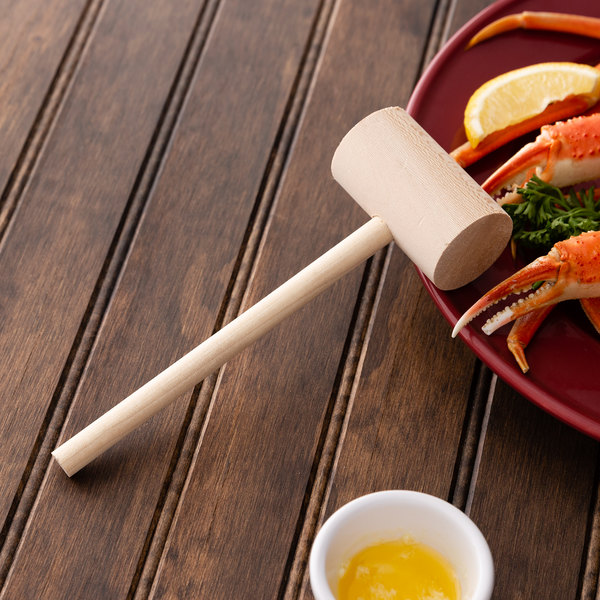Mark Herman
50 Cal.
- Joined
- May 22, 2019
- Messages
- 1,060
- Reaction score
- 546
As said, this is how we load our "rifles used for competition" Over the log & table shooting.

You misunderstood me- I'm sure your recrown worked- I'm saying any damage if any was caused by something else besides the short starter. did the accuracy drop off immediately, or over time?
Is this the Pedersoli .58 Double Gun? What ball patch thickness are you using? Pedersoli calls for a .575 ball with .015 patch thickness. But I know that .024 denim loads pretty easy too.
I've owned one of these since the 80's when they were originally made for Trail Guns Armory. Countless shots through it. Maxi's start well with a flat piece of wood as stated. I eventually switched to round balls for max accuracy- .570 w/.015- 120 grains powder.
Your lead hammer analogy doesn't hold when you are talking about loading a muzzleloader from a materials standpoint- two different things going on, and I would dispute the thin walled barrels- many English muzzleloading double rifles have much thinner walls.
Fooling around with this stuff should be fun- even when it's frustrating!
